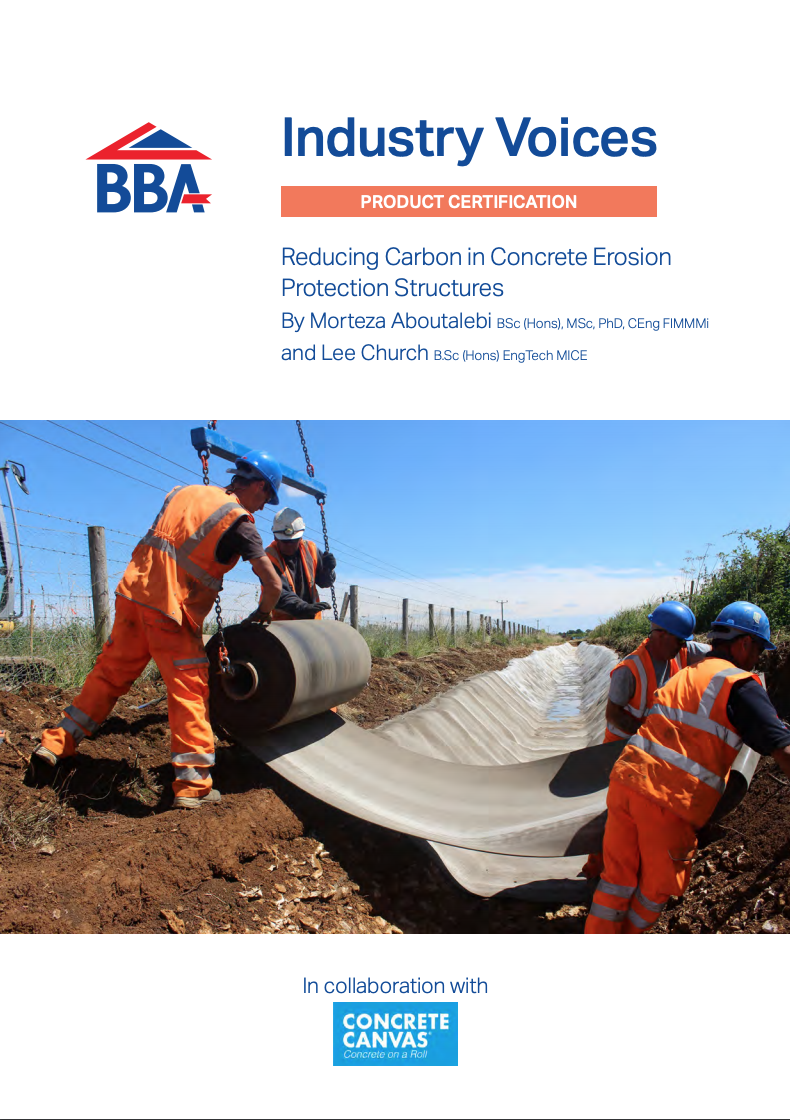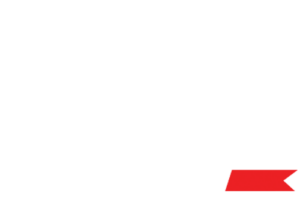R&D Tax Credits – BBA’s CEO explains how to claim
R&D tax credits can help when bringing expensive innovations to market. BBA’s CEO Claire Curtis-Thomas talks about her experience claiming R&D tax credits.
The BBA positively enjoys looking at and assessing new construction products, and we have been doing so for the last fifty years. Nothing brightens up my day more than the prospect of considering the limitations of a new drainage system or the amazing production process behind an innovative insulation multi foil. The highly-qualified and experienced scientists and engineers working at the BBA have examined thousands of products since we launched our service in 1966, and as part of our work we have had to develop a whole range of assessment procedures, either alone or in partnership with our clients or colleagues in comparable institutions throughout the EU. These assessment procedures enable us to confidently describe the performance and durability of a product, and these descriptions allow our clients to market their product accordingly. Our BBA Certificates are associated with excellent products which have been rigorously tested against every relevant standard and our own assessment regimes.
Every day, some brilliant new invention will arrive on our doorstep. Our first challenge is to determine whether or not we have an existing assessment procedure available to test the product against – if there is no assessment procedure then we have to settle down and devise one. This could take a very long time if there is little known about the product – in many cases we will resort to empirical trial and error, testing something using slightly different approaches until we find something that works. Inevitably this can be a very expensive business, and this is where research and development (R&D) tax credits come in. The availability of R&D tax credits has made a big difference to our company, and I am aware that many of our clients producing innovative products would also qualify for these tax breaks if only they could sort out what was needed quickly.
Getting info on R&D tax credits is fairly straight forward: the Department of Business, Innovation and Skills has an excellent website which lays out in detail what activities qualify for tax relief. Right at the very beginning they state the following, which is very helpful:
The definition of R&D
– R&D takes place when a project seeks to achieve an advance in science or technology.
– The activities that directly contribute to achieving this advance in science or technology through the resolution of scientific or technological uncertainty are R&D.
– Certain qualifying indirect activities related to the project are also R&D. Activities other than qualifying indirect activities which do not directly contribute to the resolution of the project’s scientific or technological uncertainty are not R&D.
Advance in Science or Technology
1.) An advance in science or technology means an advance in an overall knowledge or capability in a field of science or technology (not a company’s own state of knowledge or capability alone). This includes the adaptation of knowledge or capability from another field of science or technology in order to make such an advance where this adaptation was not readily deducible.
2.) An advance in science or technology may have tangible consequences (such as a new or more efficient cleaning product, or a process which generates less waste) or more intangible outcomes (new knowledge or cost improvements, for example).
3.) A process, material, device, product, service or source of knowledge does not become an advance in science or technology simply because science or technology is used in its creation. Work which uses science or technology but which does not advance scientific or technological capability as a whole is not an advance in science or technology.
4.) A project which seeks to, for example:
i extend overall knowledge or capability in a field of science or technology; or
ii create a process, material, device, product or service which incorporates or represents an increase in overall knowledge or capability in a field of science or technology; or
iii make an appreciable improvement to an existing process, material, device, product or service through scientific or technological changes; or
iv use science or technology to duplicate the effect of an existing process, material, device, product or service in a new or appreciably improved way (e.g. a product that has exactly the same performance characteristics as existing models, but is built in a fundamentally different manner), will therefore be R&D.
So many of the activities of the BBA and our clients qualify against this criteria; however, qualifying is one thing – getting your hands on tax credits or a tax rebate is another.
There are two parts to any R&D claim: the tax claim itself and a report which justifies the claim.
When we made our first claim, we considered going it alone, but that path was too onerous for us, as nobody in our finance team knew very much about R&D tax credits, so we decided to recruit a specialist accountant to help us. Average charging for this service could be as high as 30% of the claim being submitted; we ended up paying 12% – still an eye-watering amount in my opinion for filling in a claim form! Whilst we had some guidance on what the supporting documentation/report should look like, most of the work was down to us. We were not given any examples and we had to start from scratch.
Our report was made up of two parts: a list of the staff members engaged in R&D activities and the amount of time as a proportion of all their available time which was spent on these activities, coupled with details of the type of work they had undertaken. This all sounds quite simple now, but when you haven’t made a submission of this kind before and there is an absence of any useful management information to help you identify your R&D activities easily, you have no choice but to go through nearly every piece of work that you have undertaken during the qualifying period – hard going, but ultimately worth it.
It took a number of weeks for us to gather all the qualifying information together for our first submission. However, we have been able to use the format of our first submission for our second, so our time has been well spent.
Tax credits are very generous – please check the web site for details. However, cash refunds are also available, although nowhere near as generous.
I’d like to say everything was plain sailing, but it wasn’t: there was a lot of hard work. It’s gratifying to know that the government is committed to supporting innovation in the work place, and it’s understandable, when there’s so much money at stake, that claims need to be robust and verifiable, but I do wish I had known what I know now at the beginning of the process – then I would have felt considerably better about embarking on the unknown journey to ‘tax land’.
Share This Story, Choose Your Platform!
Related News
R&D Tax Credits – BBA’s CEO explains how to claim
R&D tax credits can help when bringing expensive innovations to market. BBA’s CEO Claire Curtis-Thomas talks about her experience claiming R&D tax credits.
The BBA positively enjoys looking at and assessing new construction products, and we have been doing so for the last fifty years. Nothing brightens up my day more than the prospect of considering the limitations of a new drainage system or the amazing production process behind an innovative insulation multi foil. The highly-qualified and experienced scientists and engineers working at the BBA have examined thousands of products since we launched our service in 1966, and as part of our work we have had to develop a whole range of assessment procedures, either alone or in partnership with our clients or colleagues in comparable institutions throughout the EU. These assessment procedures enable us to confidently describe the performance and durability of a product, and these descriptions allow our clients to market their product accordingly. Our BBA Certificates are associated with excellent products which have been rigorously tested against every relevant standard and our own assessment regimes.
Every day, some brilliant new invention will arrive on our doorstep. Our first challenge is to determine whether or not we have an existing assessment procedure available to test the product against – if there is no assessment procedure then we have to settle down and devise one. This could take a very long time if there is little known about the product – in many cases we will resort to empirical trial and error, testing something using slightly different approaches until we find something that works. Inevitably this can be a very expensive business, and this is where research and development (R&D) tax credits come in. The availability of R&D tax credits has made a big difference to our company, and I am aware that many of our clients producing innovative products would also qualify for these tax breaks if only they could sort out what was needed quickly.
Getting info on R&D tax credits is fairly straight forward: the Department of Business, Innovation and Skills has an excellent website which lays out in detail what activities qualify for tax relief. Right at the very beginning they state the following, which is very helpful:
The definition of R&D
– R&D takes place when a project seeks to achieve an advance in science or technology.
– The activities that directly contribute to achieving this advance in science or technology through the resolution of scientific or technological uncertainty are R&D.
– Certain qualifying indirect activities related to the project are also R&D. Activities other than qualifying indirect activities which do not directly contribute to the resolution of the project’s scientific or technological uncertainty are not R&D.
Advance in Science or Technology
1.) An advance in science or technology means an advance in an overall knowledge or capability in a field of science or technology (not a company’s own state of knowledge or capability alone). This includes the adaptation of knowledge or capability from another field of science or technology in order to make such an advance where this adaptation was not readily deducible.
2.) An advance in science or technology may have tangible consequences (such as a new or more efficient cleaning product, or a process which generates less waste) or more intangible outcomes (new knowledge or cost improvements, for example).
3.) A process, material, device, product, service or source of knowledge does not become an advance in science or technology simply because science or technology is used in its creation. Work which uses science or technology but which does not advance scientific or technological capability as a whole is not an advance in science or technology.
4.) A project which seeks to, for example:
i extend overall knowledge or capability in a field of science or technology; or
ii create a process, material, device, product or service which incorporates or represents an increase in overall knowledge or capability in a field of science or technology; or
iii make an appreciable improvement to an existing process, material, device, product or service through scientific or technological changes; or
iv use science or technology to duplicate the effect of an existing process, material, device, product or service in a new or appreciably improved way (e.g. a product that has exactly the same performance characteristics as existing models, but is built in a fundamentally different manner), will therefore be R&D.
So many of the activities of the BBA and our clients qualify against this criteria; however, qualifying is one thing – getting your hands on tax credits or a tax rebate is another.
There are two parts to any R&D claim: the tax claim itself and a report which justifies the claim.
When we made our first claim, we considered going it alone, but that path was too onerous for us, as nobody in our finance team knew very much about R&D tax credits, so we decided to recruit a specialist accountant to help us. Average charging for this service could be as high as 30% of the claim being submitted; we ended up paying 12% – still an eye-watering amount in my opinion for filling in a claim form! Whilst we had some guidance on what the supporting documentation/report should look like, most of the work was down to us. We were not given any examples and we had to start from scratch.
Our report was made up of two parts: a list of the staff members engaged in R&D activities and the amount of time as a proportion of all their available time which was spent on these activities, coupled with details of the type of work they had undertaken. This all sounds quite simple now, but when you haven’t made a submission of this kind before and there is an absence of any useful management information to help you identify your R&D activities easily, you have no choice but to go through nearly every piece of work that you have undertaken during the qualifying period – hard going, but ultimately worth it.
It took a number of weeks for us to gather all the qualifying information together for our first submission. However, we have been able to use the format of our first submission for our second, so our time has been well spent.
Tax credits are very generous – please check the web site for details. However, cash refunds are also available, although nowhere near as generous.
I’d like to say everything was plain sailing, but it wasn’t: there was a lot of hard work. It’s gratifying to know that the government is committed to supporting innovation in the work place, and it’s understandable, when there’s so much money at stake, that claims need to be robust and verifiable, but I do wish I had known what I know now at the beginning of the process – then I would have felt considerably better about embarking on the unknown journey to ‘tax land’.
Share This Story, Choose Your Platform!
Related News
Get in touch
Please complete the form below and we will contact you as soon as possible.
To help us to respond to your inquiry as quickly as possible, we have put a handy list of our services below.


